Home>Furniture & Design>Interior Design Trends>When Was Depression Glass Made
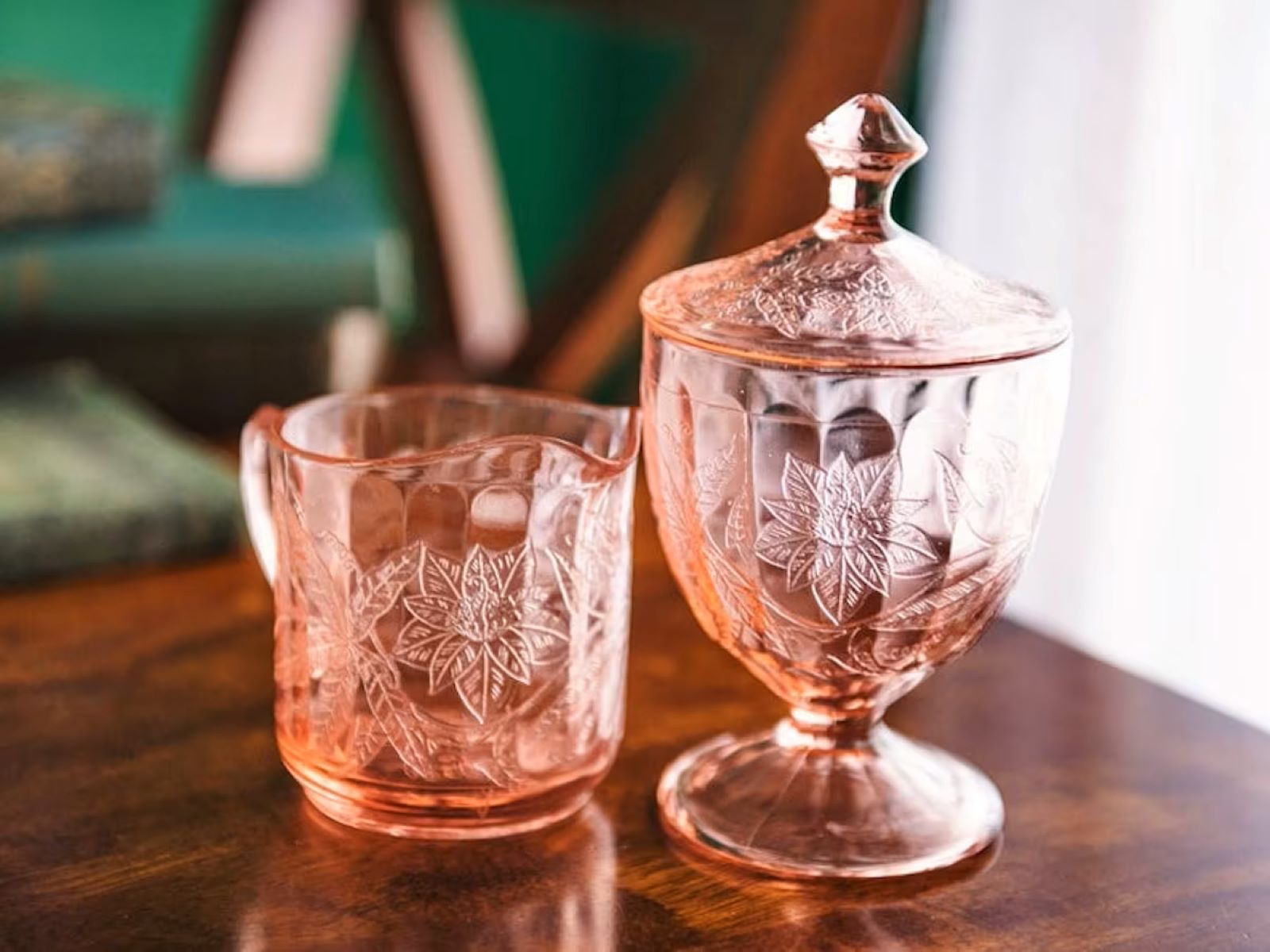

Interior Design Trends
When Was Depression Glass Made
Modified: April 21, 2024
Discover the history and impact of Depression Glass on interior design trends. Learn about its production and influence on home decor. Explore the timeless appeal of this iconic glassware.
(Many of the links in this article redirect to a specific reviewed product. Your purchase of these products through affiliate links helps to generate commission for Storables.com, at no extra cost. Learn more)
Introduction
Depression glass, with its delicate hues and timeless allure, has captivated collectors and enthusiasts for decades. This iconic glassware, produced during the economically challenging period of the 1920s and 1930s, continues to hold a special place in the hearts of many. Its enduring popularity is a testament to the enduring appeal of its elegant designs and historical significance.
During the Great Depression, glass manufacturers sought to uplift the spirits of consumers by creating affordable yet beautiful glassware. This led to the production of Depression glass, which was often given away as a promotional item with the purchase of everyday household products. The vibrant colors and intricate patterns of Depression glass served as a beacon of hope during a time of financial hardship, bringing a touch of beauty and elegance into the lives of many.
As we delve into the world of Depression glass, we will uncover the fascinating history behind its creation, explore the distinctive characteristics that make it so beloved, and gain insights into the art of collecting these cherished pieces. Join us on a journey through time as we unravel the story of Depression glass and its enduring legacy in the realm of vintage collectibles.
Key Takeaways:
- Depression glass, made during the 1920s and 1930s, brought beauty and hope during the Great Depression. Its vibrant colors and intricate designs continue to captivate collectors and enthusiasts, preserving a resilient and creative era in American history.
- Collecting Depression glass is like going on a treasure hunt for colorful, elegant pieces with historical stories. It brings people together, creating a community of passionate collectors who preserve the enduring beauty and significance of these cherished treasures.
Read more: What Is Depression Glass
What is Depression Glass?
Depression glass refers to mass-produced, machine-pressed glassware that was manufactured in the United States during the 1920s and 1930s. This distinctive glassware, characterized by its vibrant colors and intricate patterns, holds a significant place in the history of American glass production. The term "Depression glass" itself reflects the era in which it was created, as it was primarily distributed and utilized during the Great Depression.
One of the defining features of Depression glass is its affordability and accessibility. During a time when financial constraints were prevalent, glass manufacturers sought to provide an element of beauty and luxury to households across the nation. As a result, Depression glass was often given away as a promotional item, enticing consumers with its alluring designs and practical functionality. This glassware was commonly obtained through various means, such as purchasing groceries, gasoline, or other household essentials, making it a cherished and attainable commodity for many families.
The appeal of Depression glass lies not only in its historical significance but also in its aesthetic charm. The glassware is known for its delicate pastel hues, including shades of pink, green, blue, and amber, which exude a timeless elegance. Additionally, Depression glass often features intricate patterns and designs, ranging from floral motifs to geometric shapes, adding a touch of artistry to its utilitarian nature.
Furthermore, Depression glass encompasses a wide range of items, including dinnerware, serving pieces, and decorative accessories, making it a versatile and sought-after collectible. Its enduring popularity is a testament to its enduring appeal and the nostalgia it evokes for a bygone era.
In essence, Depression glass represents a poignant chapter in American history, where beauty and resilience emerged amidst economic adversity. Its legacy continues to thrive as collectors and enthusiasts cherish these exquisite pieces, preserving the artistry and spirit of a challenging yet transformative period in the nation's past.
The Origins of Depression Glass
The origins of Depression glass can be traced back to the early 20th century, a time marked by economic turmoil and widespread financial hardship. As the Great Depression cast a shadow over the nation, glass manufacturers sought to provide a glimmer of hope and beauty amidst the prevailing adversity. This led to the creation of Depression glass, a distinctive form of mass-produced glassware that would come to symbolize resilience and ingenuity during a challenging era.
The production of Depression glass gained momentum in the late 1920s, as glass companies endeavored to offer affordable yet elegant glassware to consumers. The timing of its emergence was significant, coinciding with a period of profound economic uncertainty and social upheaval. In response to the prevailing hardships, glass manufacturers devised a strategy to uplift the spirits of the populace by crafting glassware that was both visually captivating and accessible to a wide audience.
The affordability of Depression glass was a key factor in its widespread appeal. During a time when discretionary spending was limited, consumers were drawn to the allure of acquiring exquisite glassware through everyday purchases. This led to Depression glass being distributed as a promotional item, often included as a complimentary gift with the purchase of goods such as flour, cereal, or other household necessities. The glassware's availability through such means made it a cherished and attainable commodity for countless households, bringing a touch of elegance and beauty into their lives.
Furthermore, the production of Depression glass reflected the innovative spirit of American glass manufacturers, who utilized machine-pressed techniques to create intricate designs and patterns at a rapid pace. This allowed for the mass production of a wide array of glassware, including plates, cups, bowls, and serving pieces, which showcased the artistry and craftsmanship of the era.
In essence, the origins of Depression glass are deeply intertwined with the socio-economic landscape of the Great Depression, embodying a spirit of resilience and creativity amidst adversity. Its emergence as a symbol of hope and beauty during a challenging period has solidified its place in the annals of American glass history, leaving an indelible mark on collectors and enthusiasts who continue to cherish its enduring legacy.
Production and Popularity
The production and popularity of Depression glass are deeply intertwined with the economic and social dynamics of the 1920s and 1930s. As the Great Depression cast a shadow over the nation, glass manufacturers sought to provide a glimmer of hope and beauty amidst the prevailing adversity. This led to the creation of Depression glass, a distinctive form of mass-produced glassware that would come to symbolize resilience and ingenuity during a challenging era.
The affordability and accessibility of Depression glass played a pivotal role in its widespread popularity. During a time when discretionary spending was limited, consumers were drawn to the allure of acquiring exquisite glassware through everyday purchases. This led to Depression glass being distributed as a promotional item, often included as a complimentary gift with the purchase of goods such as flour, cereal, or other household necessities. The glassware's availability through such means made it a cherished and attainable commodity for countless households, bringing a touch of elegance and beauty into their lives.
Furthermore, the production of Depression glass reflected the innovative spirit of American glass manufacturers, who utilized machine-pressed techniques to create intricate designs and patterns at a rapid pace. This allowed for the mass production of a wide array of glassware, including plates, cups, bowls, and serving pieces, which showcased the artistry and craftsmanship of the era.
The vibrant colors and delicate patterns of Depression glass captured the imagination of consumers, adding a touch of beauty and elegance to their everyday lives. The glassware's pastel hues, including shades of pink, green, blue, and amber, exuded a timeless charm that resonated with individuals seeking to infuse their homes with a sense of grace and refinement.
As Depression glass gained prominence, it became a cherished part of American households, adorning dining tables and display cabinets with its enchanting presence. Its practical functionality, coupled with its aesthetic appeal, made it a beloved choice for everyday use and special occasions alike. The enduring popularity of Depression glass is a testament to its ability to evoke nostalgia for a bygone era while retaining its relevance and allure in the present day.
In essence, the production and popularity of Depression glass reflect a convergence of artistry, affordability, and resilience, culminating in a cherished legacy that continues to captivate collectors and enthusiasts worldwide.
Depression glass was made during the 1920s and 1930s, primarily in the United States. It was produced to be affordable and was often given away as a promotional item or sold at a low cost.
Characteristics of Depression Glass
Depression glass is renowned for its distinctive characteristics that have contributed to its enduring allure and collectibility. These defining traits encompass a range of elements, from its vibrant colors and delicate patterns to its practical functionality and historical significance.
One of the most notable characteristics of Depression glass is its captivating array of colors. The glassware is renowned for its soft, pastel hues, including shades of pink, green, blue, and amber, which exude a timeless elegance. These delicate colors are often translucent, allowing light to pass through and imparting a luminous quality to the glass. The ethereal beauty of these hues adds a touch of grace and sophistication to Depression glass, making it a sought-after addition to any collection.
In addition to its enchanting colors, Depression glass is distinguished by its intricate patterns and designs. From floral motifs to geometric shapes, the glassware features a diverse array of embellishments that showcase the artistry and craftsmanship of its era. These patterns are often pressed or molded into the glass, creating a tactile and visual richness that enhances the glassware's aesthetic appeal.
Furthermore, Depression glass is characterized by its practical functionality, making it a versatile and cherished addition to households. The glassware encompasses a wide range of items, including dinnerware, serving pieces, and decorative accessories, allowing collectors to assemble cohesive and visually stunning table settings. Its utilitarian nature, combined with its elegant designs, has made Depression glass a beloved choice for both everyday use and special occasions, adding a touch of refinement to dining experiences and home decor.
Moreover, the historical significance of Depression glass is a defining characteristic that resonates with collectors and enthusiasts. The glassware serves as a tangible link to a pivotal period in American history, embodying the resilience and creativity that emerged during the Great Depression. Its presence in households across the nation during a time of economic hardship reflects its role as a symbol of hope and beauty, further enhancing its intrinsic value and appeal.
In essence, the characteristics of Depression glass encompass a harmonious blend of aesthetic allure, practical utility, and historical resonance, culminating in a beloved and enduring collectible that continues to captivate aficionados and collectors worldwide.
Read more: How To Identify Depression Glass
Collecting Depression Glass
Collecting Depression glass is a captivating pursuit that allows enthusiasts to immerse themselves in the rich history and timeless beauty of this cherished glassware. As collectors embark on their quest to acquire and preserve these exquisite pieces, they are drawn into a world of vibrant colors, intricate patterns, and historical significance.
One of the most compelling aspects of collecting Depression glass is the opportunity to explore its diverse array of colors and designs. From the delicate pastel hues of pink, green, and blue to the captivating patterns of floral motifs and geometric shapes, each piece tells a unique story of craftsmanship and artistry. Collectors delight in discovering rare and sought-after patterns, as well as uncovering the historical context behind each piece, adding depth and meaning to their collections.
Furthermore, the hunt for Depression glass often leads collectors to a myriad of sources, from antique shops and estate sales to online marketplaces and specialized auctions. This journey of exploration and discovery fosters a sense of excitement and anticipation, as collectors seek out elusive pieces to complete or enhance their collections. The thrill of finding a coveted item, whether it be a rare color variation or a unique serving piece, adds an element of adventure to the collecting experience.
As collectors amass their treasured pieces, they also delve into the historical and cultural significance of Depression glass, gaining a deeper appreciation for its role in American households during a challenging era. The glassware's association with resilience and optimism during the Great Depression imbues each piece with a profound sense of heritage and nostalgia, elevating its value beyond mere aesthetics.
Moreover, collecting Depression glass fosters a sense of community and camaraderie among enthusiasts. Whether through local collector groups, online forums, or specialized events, collectors have the opportunity to connect with like-minded individuals, sharing their knowledge, experiences, and passion for these beloved treasures. This sense of belonging and shared enthusiasm enriches the collecting journey, creating lasting connections and friendships within the vibrant world of Depression glass aficionados.
In essence, collecting Depression glass is a deeply rewarding pursuit that combines the thrill of discovery, the appreciation of artistry, and the preservation of history. As collectors continue to seek out and cherish these timeless pieces, they contribute to the enduring legacy of Depression glass, ensuring that its beauty and significance will be cherished for generations to come.
Conclusion
In conclusion, Depression glass stands as a testament to the resilience, creativity, and enduring allure of a bygone era. Its delicate pastel hues, intricate patterns, and historical significance have captivated collectors and enthusiasts for generations, preserving the artistry and spirit of a challenging yet transformative period in American history.
The journey through the world of Depression glass has unveiled a rich tapestry of colors, designs, and stories, each piece serving as a tangible link to the past. From the vibrant pinks and greens to the ethereal blues and ambers, the glassware's hues evoke a sense of timeless elegance, infusing homes with a touch of grace and refinement.
Furthermore, the intricate patterns and designs adorning Depression glass reflect the artistry and craftsmanship of its era, showcasing a diverse array of motifs that continue to enchant collectors. Whether it be the delicate florals, geometric shapes, or rare color variations, each piece carries a unique narrative, adding depth and character to collections worldwide.
The historical significance of Depression glass further enriches its appeal, serving as a poignant reminder of the resilience and optimism that emerged during the Great Depression. As households across the nation embraced these exquisite pieces, they became symbols of hope and beauty, transcending their utilitarian function to embody a spirit of perseverance and ingenuity.
The act of collecting Depression glass is not merely a pursuit of acquiring beautiful objects; it is a journey of exploration, discovery, and connection. Enthusiasts delve into the annals of history, seeking out elusive pieces and uncovering the stories behind each item, fostering a deep appreciation for the glassware's cultural and societal impact.
Moreover, the collecting community surrounding Depression glass fosters a sense of camaraderie and shared passion, uniting individuals in their love for these cherished treasures. Through the exchange of knowledge, experiences, and cherished finds, collectors contribute to the preservation of Depression glass's legacy, ensuring that its beauty and significance will endure for generations to come.
In essence, Depression glass transcends its utilitarian origins, emerging as a symbol of resilience, artistry, and enduring beauty. Its timeless allure continues to captivate hearts and homes, preserving the legacy of a transformative era and inspiring a new generation of collectors to cherish its exquisite charm.
Frequently Asked Questions about When Was Depression Glass Made
Was this page helpful?
At Storables.com, we guarantee accurate and reliable information. Our content, validated by Expert Board Contributors, is crafted following stringent Editorial Policies. We're committed to providing you with well-researched, expert-backed insights for all your informational needs.
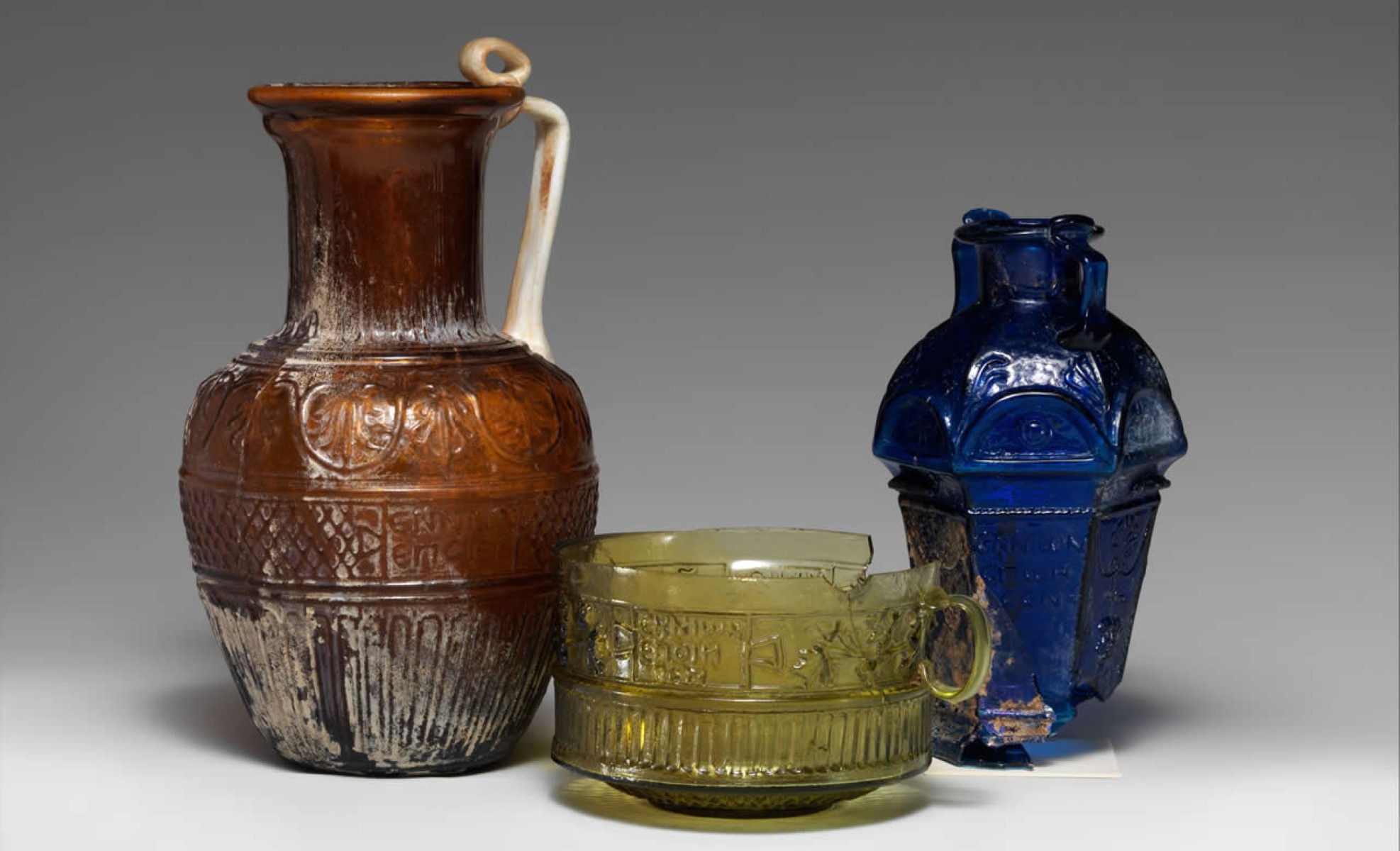
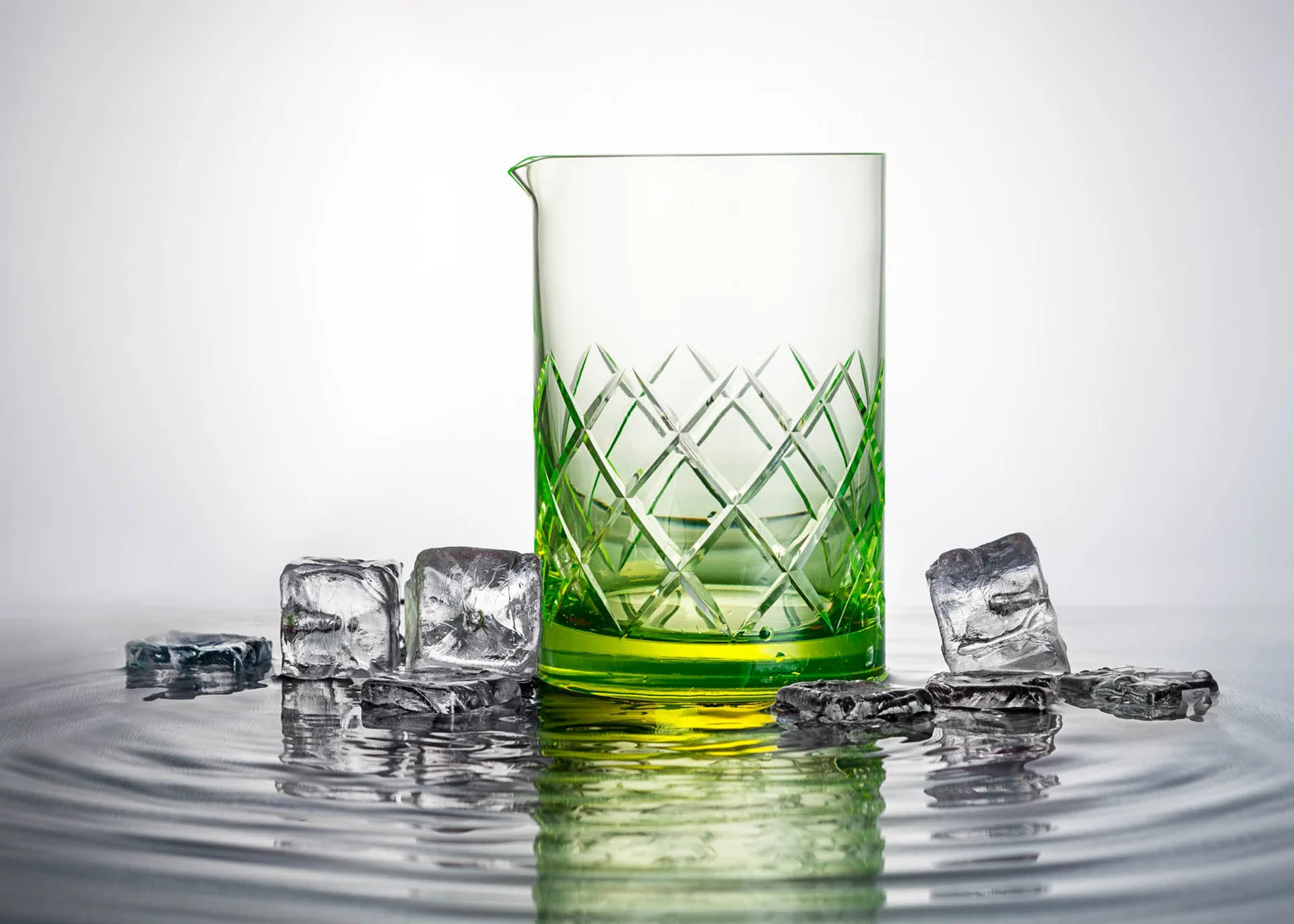
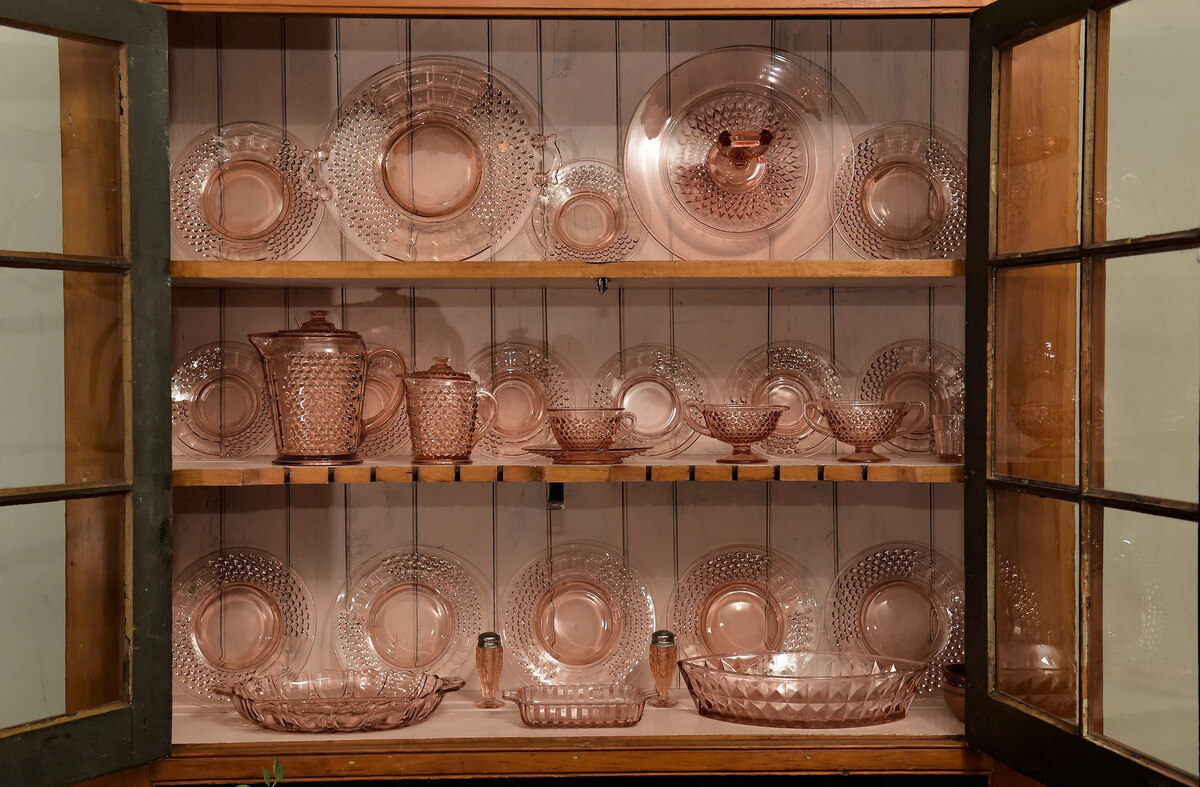
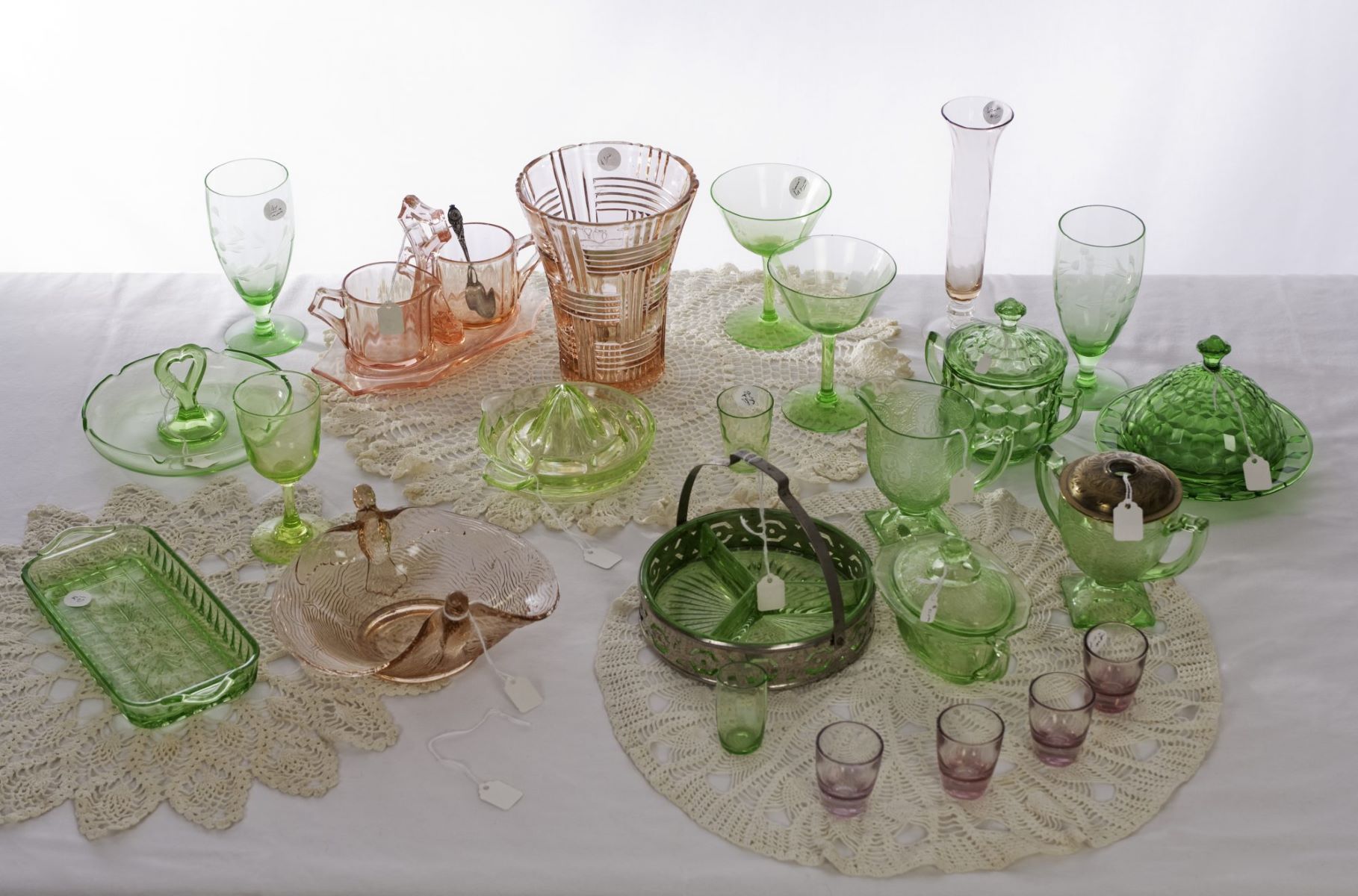
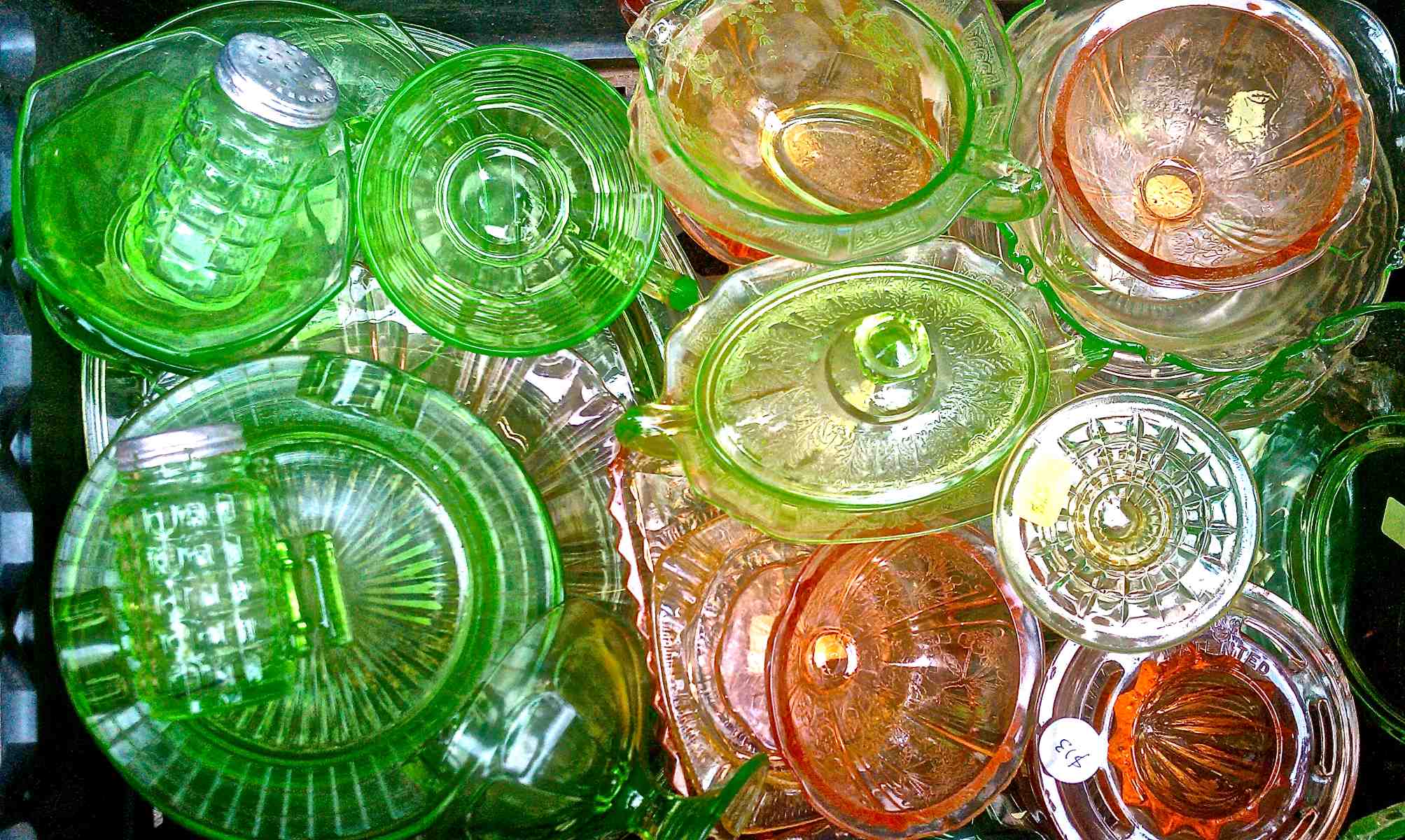

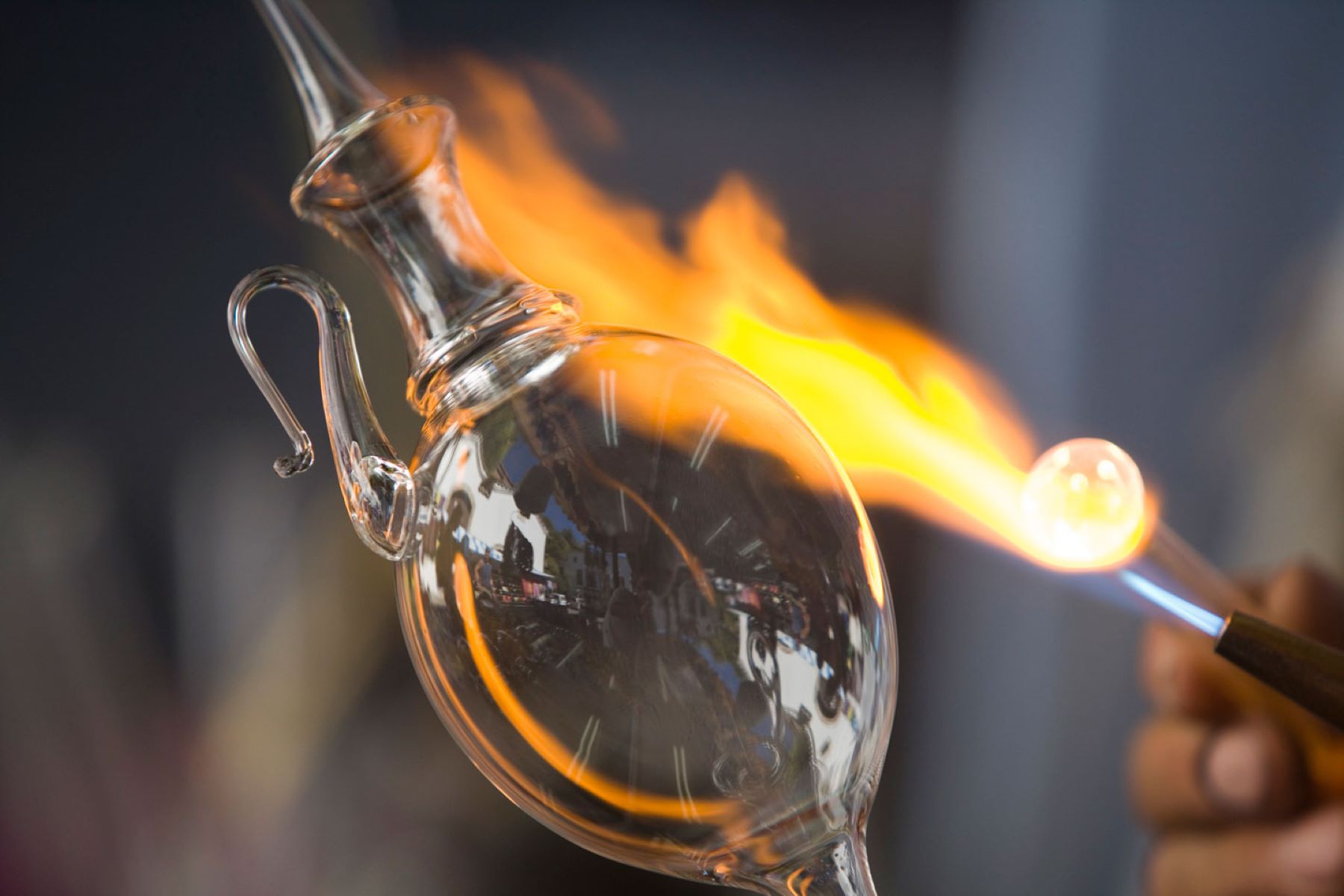
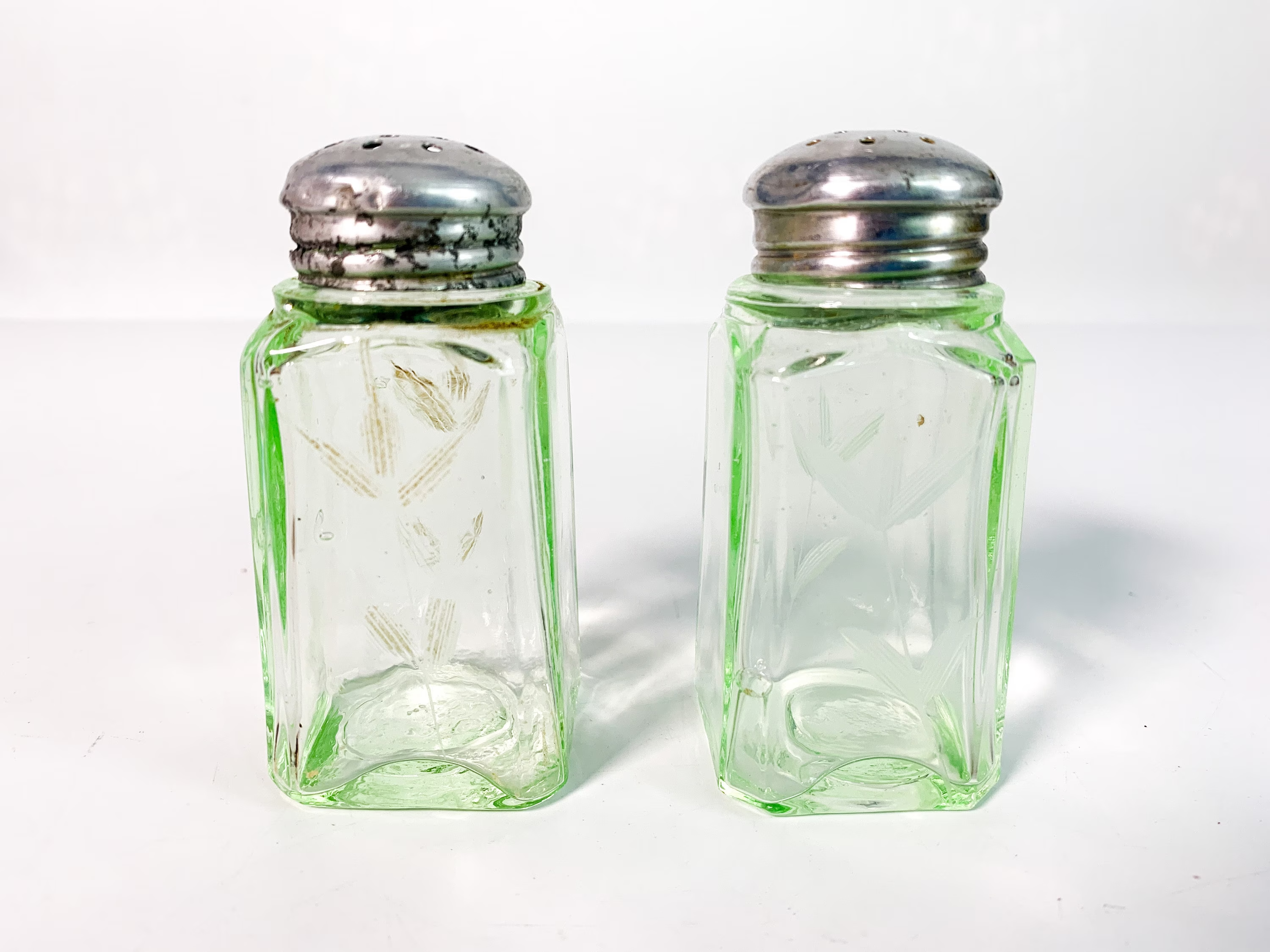
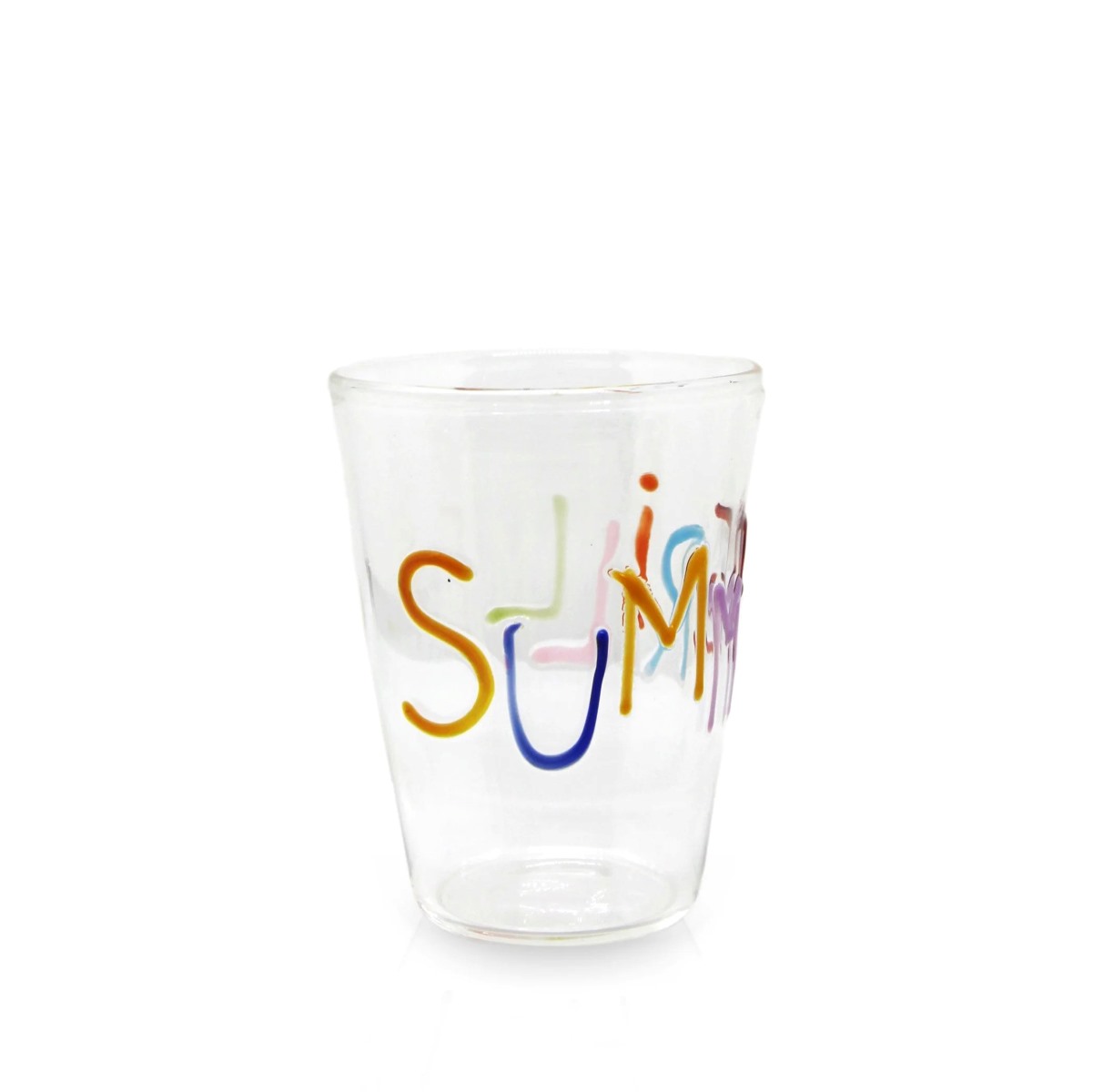
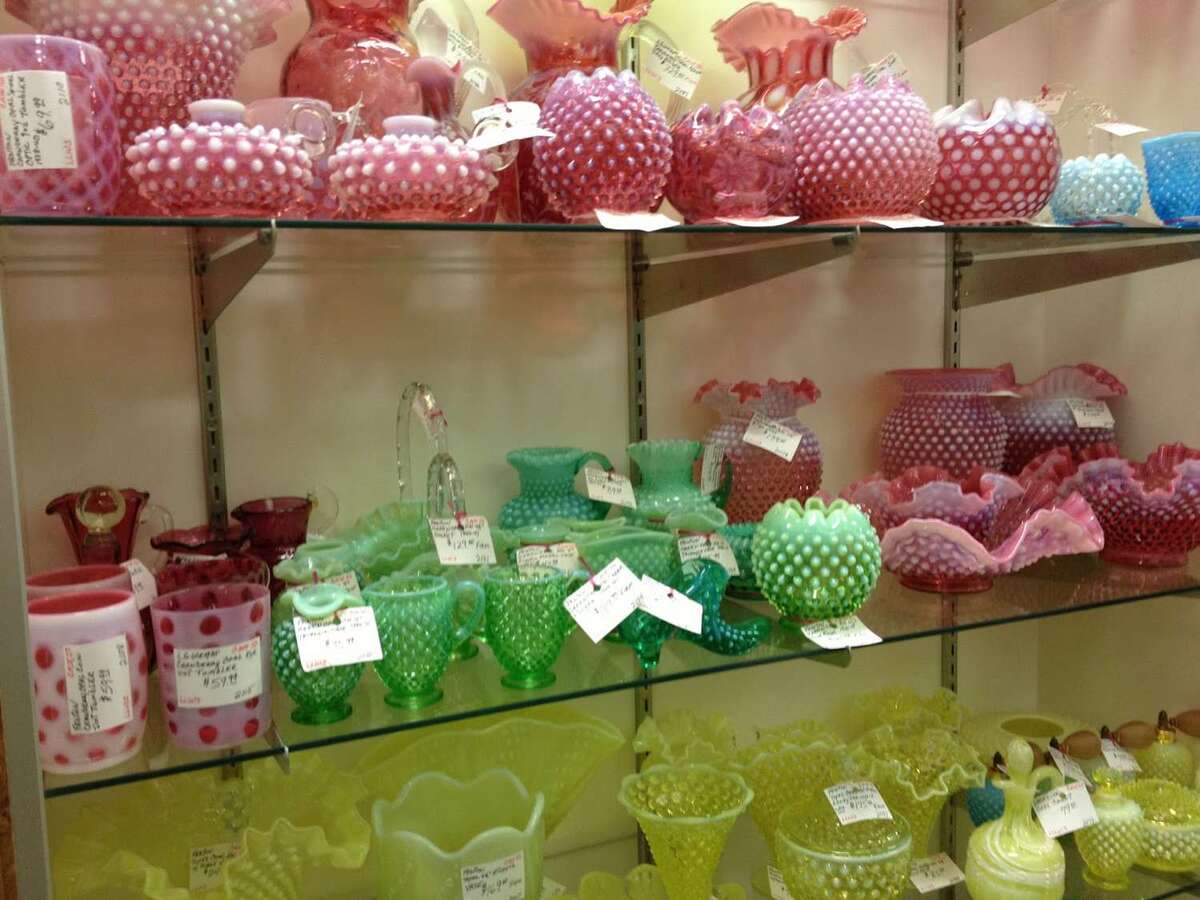
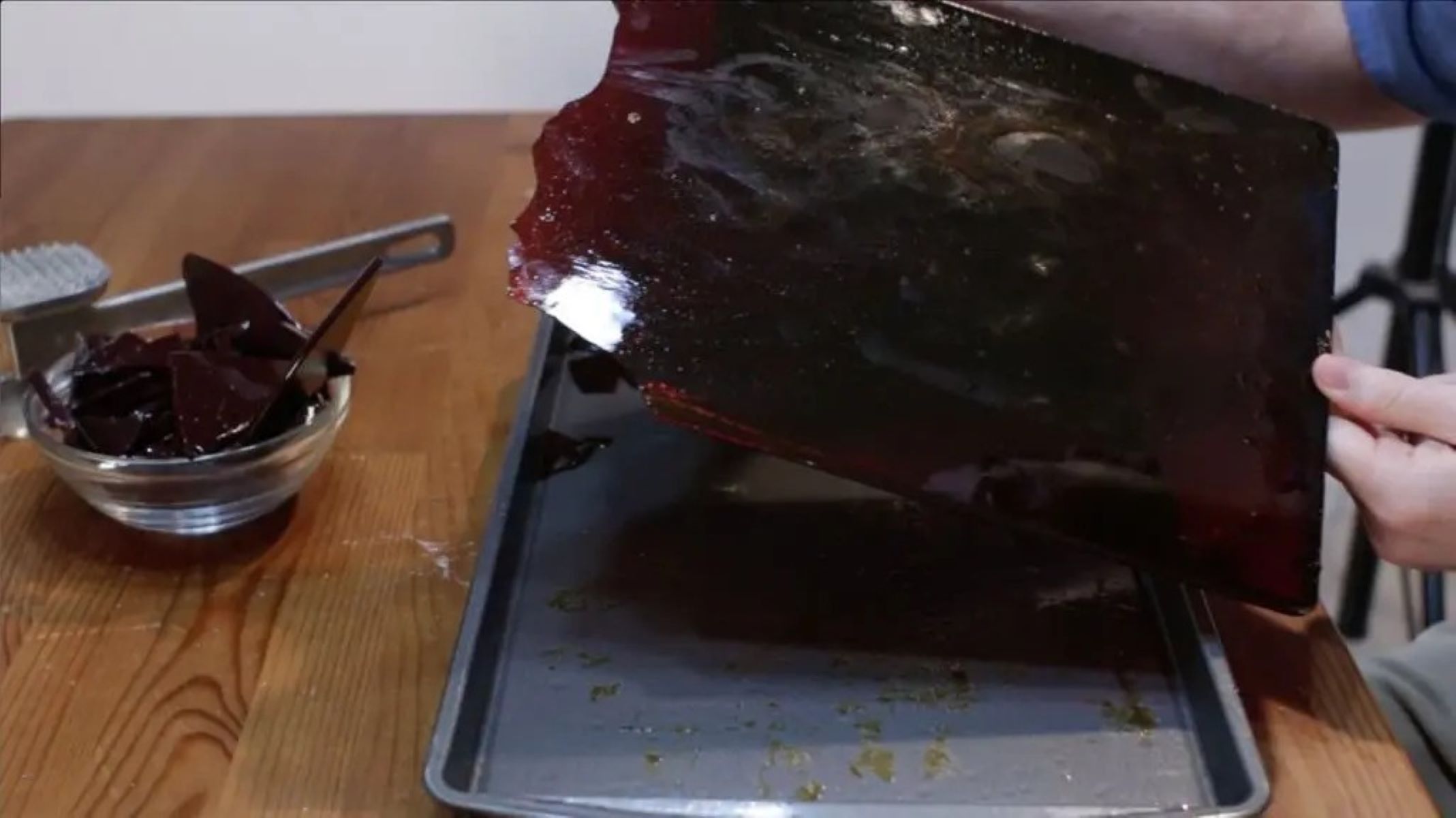
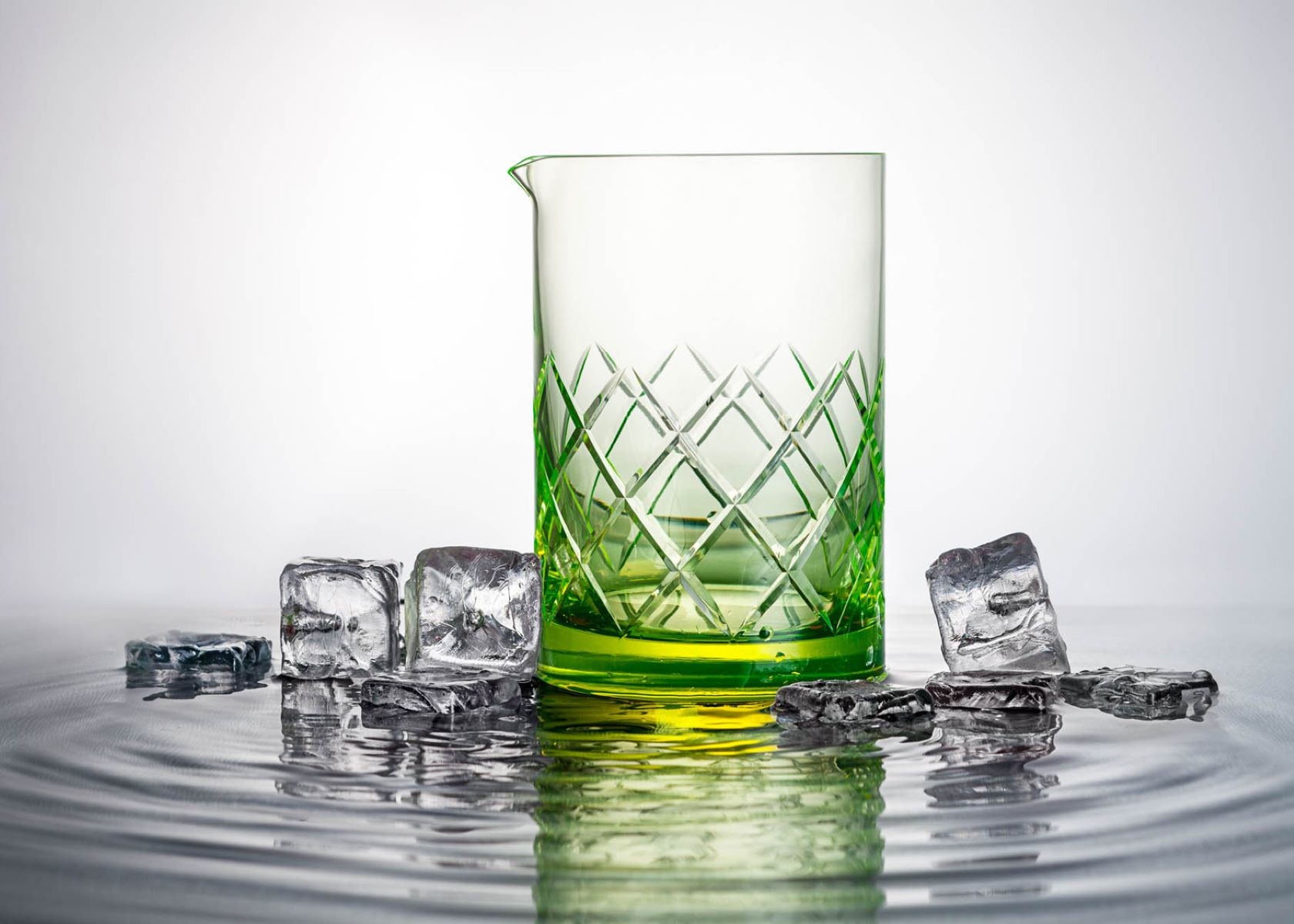
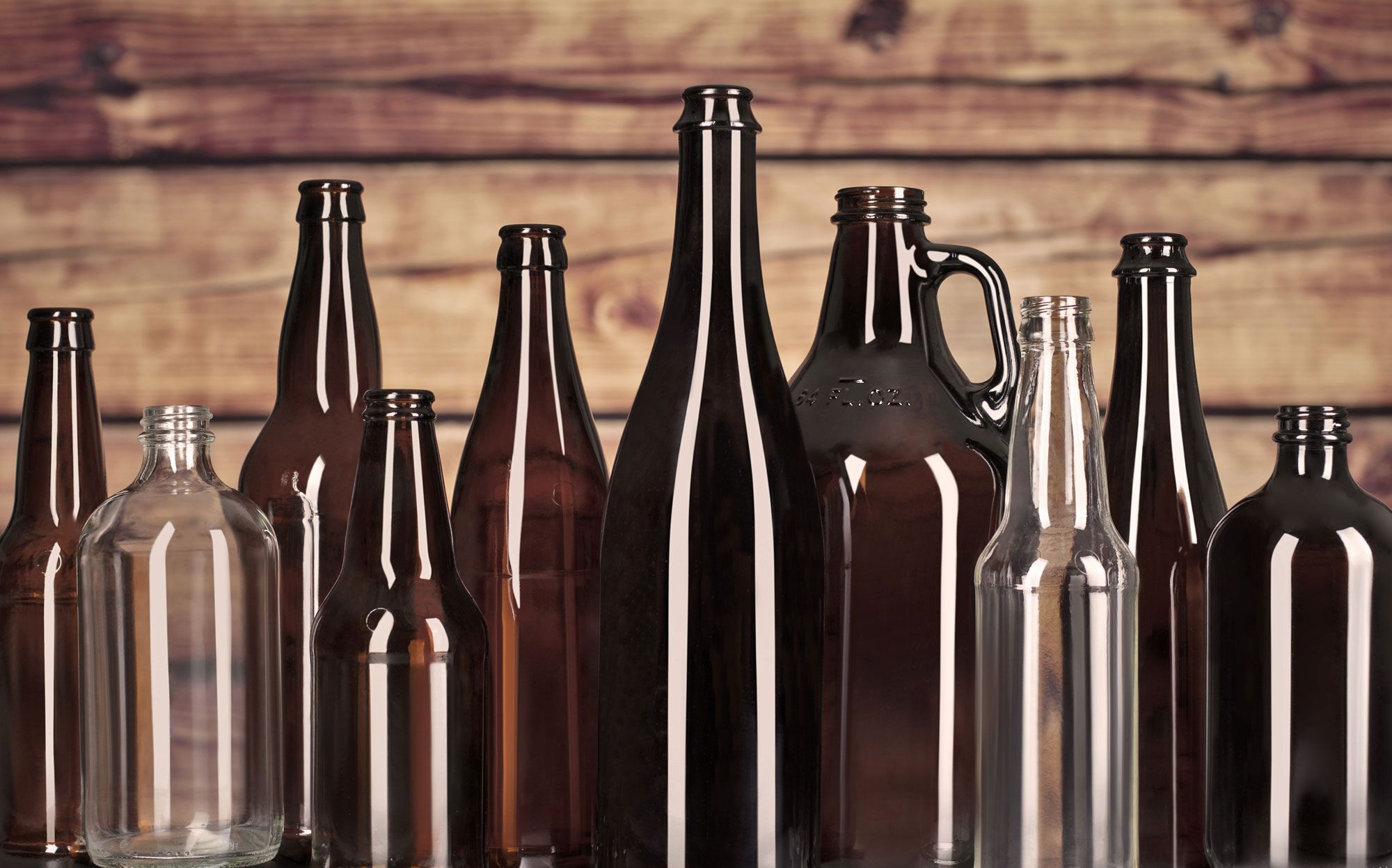
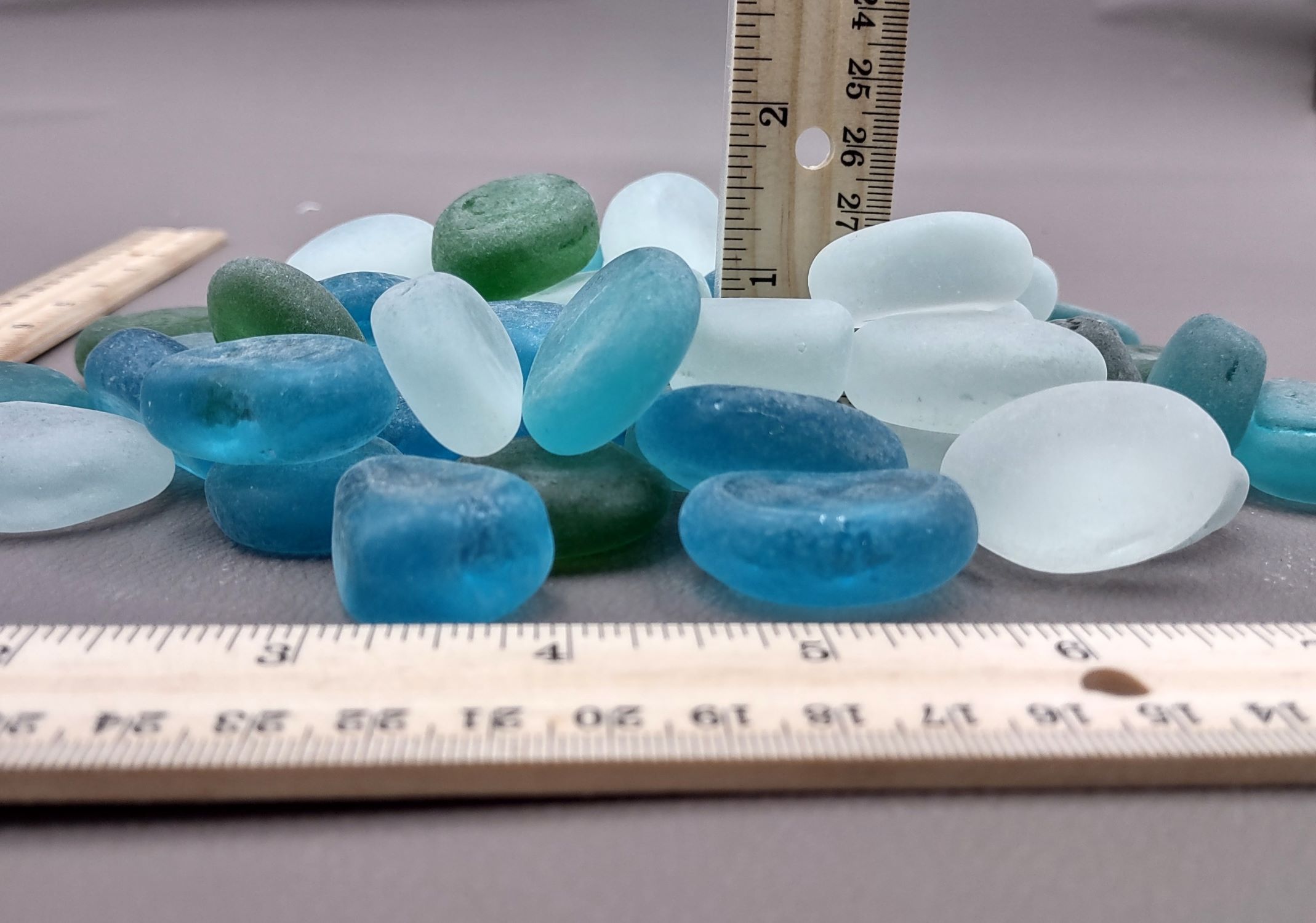

0 thoughts on “When Was Depression Glass Made”